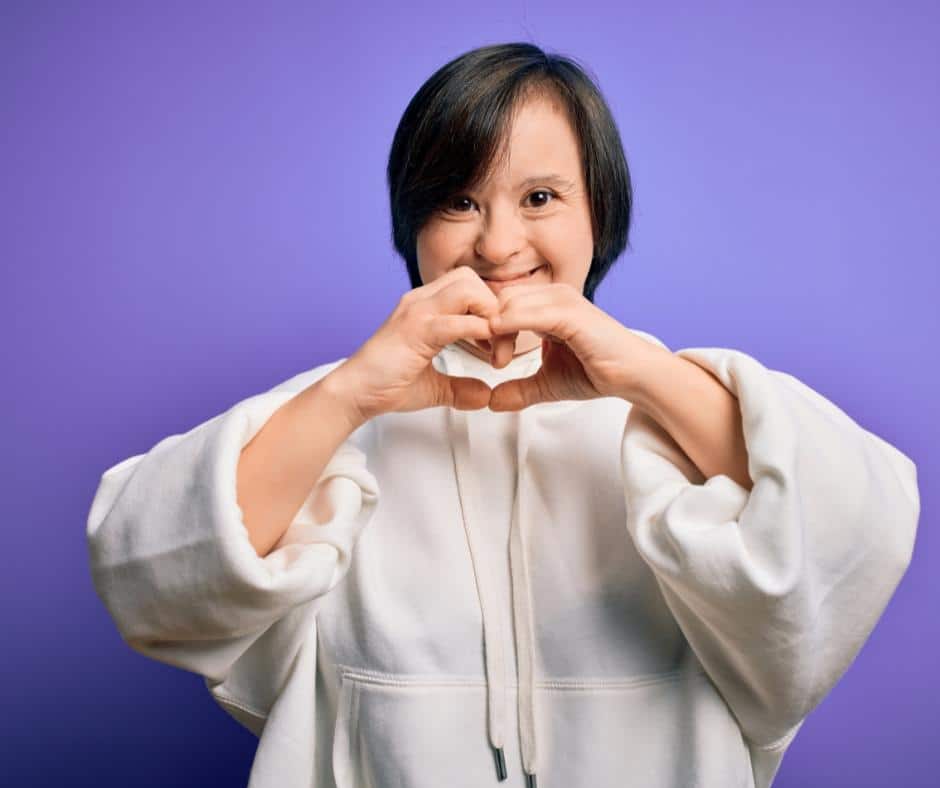Australia is currently facing a significant demographic shift, often referred to as the ‘Silver Tsunami’.
This term highlights the rapid growth of the older population, as Australians aged 65 and over become an increasingly large proportion of the nation’s total population. This demographic shift is having profound implications for a range of sectors, particularly when it comes to aged care. As the older population grows, the demand for aged care services is increasing, prompting substantial changes in how support is delivered and experienced across the nation.

The rise of the Silver Tsunami
Our population is aging at an unprecedented rate. According to the Australian Bureau of Statistics, by 2057, it is projected that one in four Australians will be aged 65 or older. This trend is largely driven by two factors: the increasing life expectancy and the aging of the Baby Boomer generation (those born between 1946 and 1964). As a result, the number of people who will require aged care services is expected to rise sharply in the coming decade.
The Silver Tsunami is particularly noteworthy because it presents a demographic shift unlike anything the country has seen before. While the number of older Australians is increasing, the overall population growth rate is slowing. This means that, for the first time in history, there will be more people in the older age brackets than in younger age groups. Given this, the implications for aged care are profound.
Why aged care is changing
The increasing demand for aged care services is one of the primary reasons why the sector in Australia is undergoing significant change. Here are some of the key drivers behind this transformation:
- A shift towards in-home and community-based care
Traditionally, aged care in Australia has been heavily focused on residential care, with older Australians moving into nursing homes or aged care facilities when they could no longer live independently. However, as the desire for independence and quality of life remains a priority for many seniors, there is a growing demand for services that allow older people to stay in their own homes for as long as possible.
In this context, providers like KompleteCare are playing a crucial role in supporting older Australians to live in their homes while receiving the care they need. Services like personal care, assistance with daily tasks, and health management are now more accessible in the home setting, allowing seniors to remain in familiar surroundings.
Government initiatives, such as the Commonwealth Home Support Program (CHSP) and Home Care Packages (HCP), are enabling more people to access support in their own homes. This shift is not just a response to preference, but also a more cost-effective model of care, as home-based services are often less expensive than residential care.
- Increased focus on consumer choice and control
The Aged Care Royal Commission, which was convened in 2018, highlighted several areas of concern within the aged care system, particularly regarding the quality of care and the lack of consumer choice. This report has led to a number of reforms that are reshaping the sector. One of the most significant changes is the emphasis on consumer choice and control, which allows older Australians to have a more active role in decisions about their care.
The reforms introduced, after the Royal Commission’s recommendations, focus on making aged care more person-centred, where the individual is at the heart of the care process. This approach allows older Australians to have more control over how their care is delivered, including the ability to choose service providers, select care plans, and manage their own funding.
- Technological innovation
As the aged care sector adjusts to the growing demand for services, technology is playing a vital role in improving both the efficiency and quality of care. Telehealth, remote monitoring, and assistive technologies are helping to bridge the gap between service providers and recipients, particularly in rural and remote areas. These technologies can enable care workers to remotely monitor health metrics, provide virtual consultations, and even offer social support to isolated individuals.
Moreover, advancements in robotics and artificial intelligence (AI) are beginning to assist with tasks, such as medication management, mobility aids, and companionship. As a result, technology is becoming an essential tool in enhancing care delivery, improving the quality of life for elderly Australians, and enabling them to remain independent for longer.
- A workforce in transition
The growing demand for aged care services also brings with it challenges regarding the workforce. The sector is currently experiencing a shortage of workers, particularly skilled care workers, and this is expected to worsen as the number of older Australians continues to rise. In response, there is a renewed focus on attracting more workers to the sector, improving training programs, and enhancing career development opportunities for aged care professionals.
Additionally, there is an increasing recognition of the need to upskill the current workforce, equipping them with the knowledge and tools necessary to meet the evolving needs of an aging population. Workforce reforms are essential to ensure that aged care workers are not only adequately trained, but also well-compensated and supported to provide the best care possible.
- The changing role of family caregivers
As the number of older Australians increases, family members often find themselves taking on a more prominent role as informed caregivers. However, this can be physically, emotionally, and financially taxing, and many families struggle to balance their caregiving responsibilities with their personal and professional lives.
To address this, there is a growing push for family caregivers to receive greater support, including respite home services, financial assistance, and training. Providing this is critical to ensuring caregivers can maintain their own wellbeing, while also providing for their loved ones.
As the Silver Tsunami continues to unfold, Australia’s aged care system is being transformed to meet the evolving needs of an older population. With a focus on in-home care, consumer choice, technological advancements, workforce reforms, and increased support for caregivers, the future of aged care looks set to become more flexible, person-centred, and innovative. Providers like KompleteCare are at the forefront of these changes, offering tailored in-home and community care that enables older Australians to age with dignity, and independence.
While challenges remain, the ongoing reforms provide a strong foundation for a more sustainable and effective aged care system. As we move toward a future where the Silver Tsunami continues to reshape Australian society, there is hope the evolving aged care system will provide the best possible care for the next generation of older Australians and beyond.










